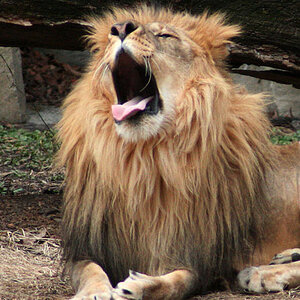ggenis
TPF Noob!
- Joined
- Mar 9, 2017
- Messages
- 1
- Reaction score
- 0
- Can others edit my Photos
- Photos OK to edit
Hi!
I received the body of a Zenza Bronica ETRS from a pro photographer friend, and wanted to know what the best way is to proceed from this point forward.
To be clear, I only have the body and stock flip up viewfinder. I am aware that at the very least I would need a film back, and a lense to get it operational.
I've been doing some research and have found film backs ranging from $70 to $300, and varying from 35mm to 70mm film.
What would be the best option for someone who is not a pro photographer but rather a photo enthusiast who is interested in getting this beauty up and running?
I'm not looking to spend $500 on getting it working, but I also don't want to end up with something that will be outperformed by an Instax Mini 8 - youknowhatimsayin'?
Thanks in advance
Gerrit Genis
I received the body of a Zenza Bronica ETRS from a pro photographer friend, and wanted to know what the best way is to proceed from this point forward.
To be clear, I only have the body and stock flip up viewfinder. I am aware that at the very least I would need a film back, and a lense to get it operational.
I've been doing some research and have found film backs ranging from $70 to $300, and varying from 35mm to 70mm film.
What would be the best option for someone who is not a pro photographer but rather a photo enthusiast who is interested in getting this beauty up and running?
I'm not looking to spend $500 on getting it working, but I also don't want to end up with something that will be outperformed by an Instax Mini 8 - youknowhatimsayin'?
Thanks in advance
Gerrit Genis



![[No title]](/data/xfmg/thumbnail/35/35946-771bfce9b2727c9126587d96c471da80.jpg?1619737254)
![[No title]](/data/xfmg/thumbnail/35/35262-02f8eba4a2a92dbae0b55547bba80b4f.jpg?1619736968)

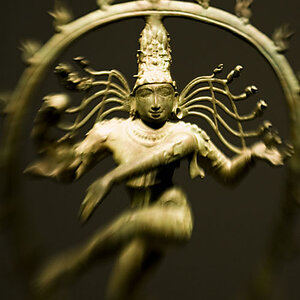

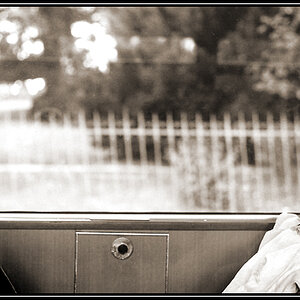
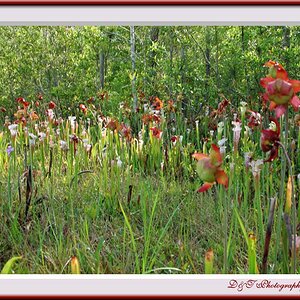
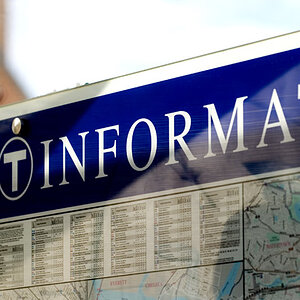
![[No title]](/data/xfmg/thumbnail/35/35948-700e0d840da0ca73727b1bd6d99b4142.jpg?1619737257)

